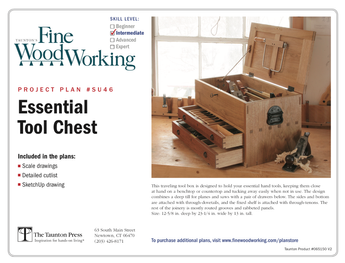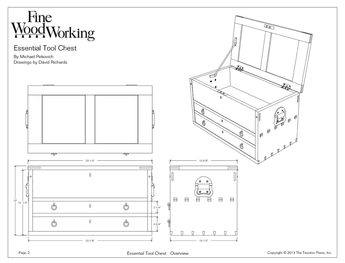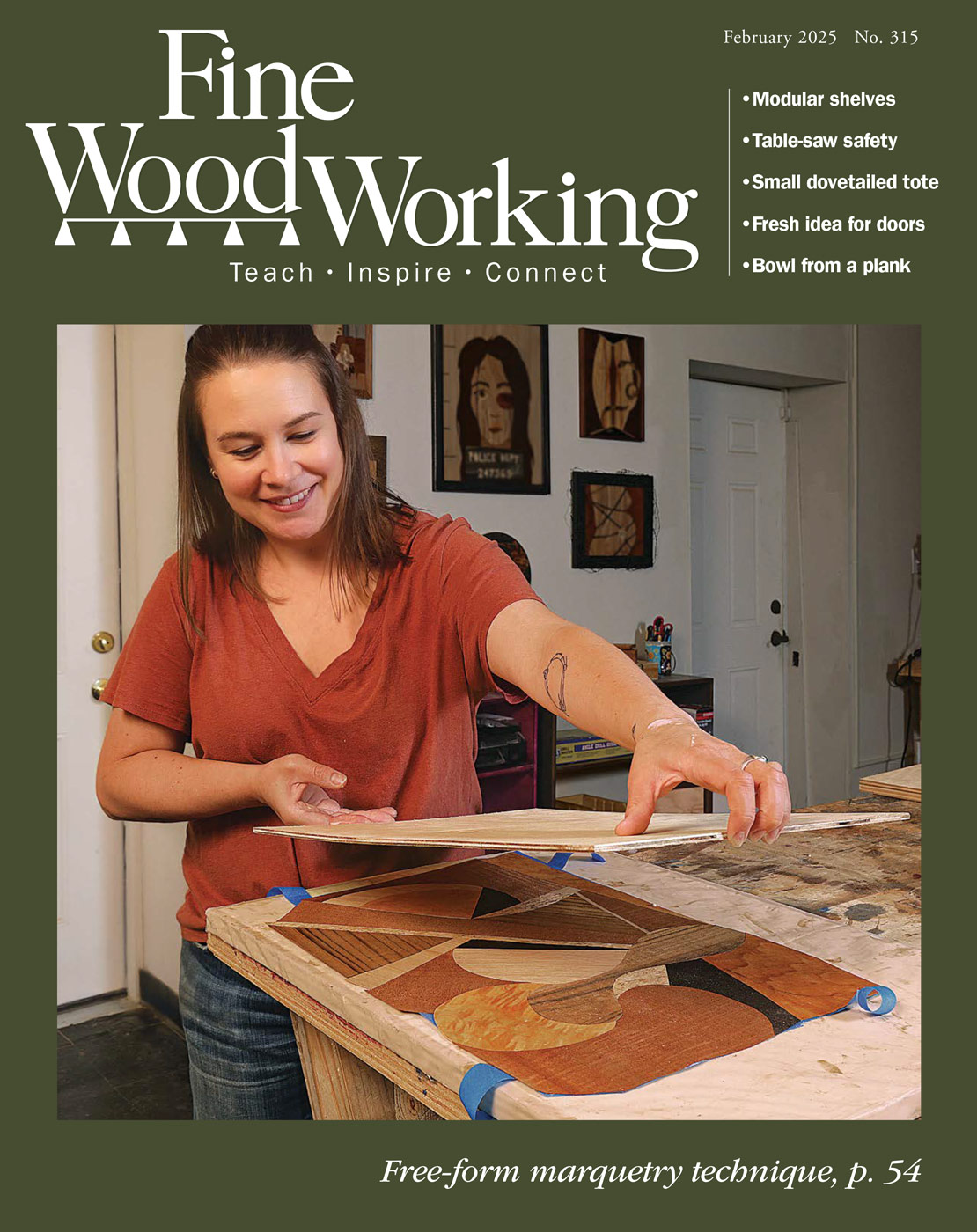Can you face joint a 1/4 inch board
Discussion Forum
Get It All!
UNLIMITED Membership is like taking a master class in woodworking for less than $10 a month.
Start Your Free TrialCategories
Discussion Forum
Digital Plans Library
Member exclusive! – Plans for everyone – from beginners to experts – right at your fingertips.
Highlights
-
Shape Your Skills
when you sign up for our emails
This site is protected by reCAPTCHA and the Google Privacy Policy and Terms of Service apply. -
 Shop Talk Live Podcast
Shop Talk Live Podcast -
 Our favorite articles and videos
Our favorite articles and videos -
E-Learning Courses from Fine Woodworking
-
-











Replies
We definitely need more information.
Yes
Let's assume a piece of 1/4" material that is 3" wide and 32" long. Double stick tape it to a carrier and have at it. You could joint it unsupported. The degree of support required will vary with your experience at the jointer. Or, put a low bench stop on your bench and joint it by hand ;-)
I haven't tried doing it on a jointer but, I have successfully used my Dewalt 734 planer using very light cuts and with the work pieces fastened to a carrier piece with double sided tape. I have also had the planer chew em up and spit em out in tiny pieces. So, I recommend the best way to insure success is to use a drum sander.
i think you should consider taking e-learning ways to learn
CAN you - yes as others have said.
SHOULD you - well let's see...
Face jointing is intended to leave the wood flat. It does not require that the surface is parallel to any other.
There are many ways to achieve this but you need to take into account the flexibility of the wood. Most 1/4 inch stock will flex. Some more than others, so processes that lead to flexing are bad.
Further, with such thin stock it is quite unlikely that you have much spare if there is an error.
The principles therefore are:
1. Keep it flat; and
2. Avoid stuff-ups.
Keeping it flat is pretty much guaranteed if using a bench plane. Everything about the use of a sharp plane will help - the sole keeps the wood flat and you can adjust to very fine shavings. A lot of skill involved though if you have enough stock, it doesn't take long to get reasonably good at.
As others have said, for a machine tool you need to stick the wood to a carrier, both to keep it flat and for safety. You can use a planer (rather than a jointer) for this as long as the carrier has a suitable flat surface to register against the table of the planer.
The implication of 1/4 inch is a small piece though so you do need to be sure that it is noticeably longer than the distance between the rollers on the planer or otherwise you will need to glue sacrificial stock next to your workpiece.
Probably the best way to machine thin stock is with a drum sander. Very low risk of problems Nice finish with no toolmarks. Probably not quite as flat as a planer might get it but the trade off is almost zero chance of a bad outcome.
This forum post is now archived. Commenting has been disabled